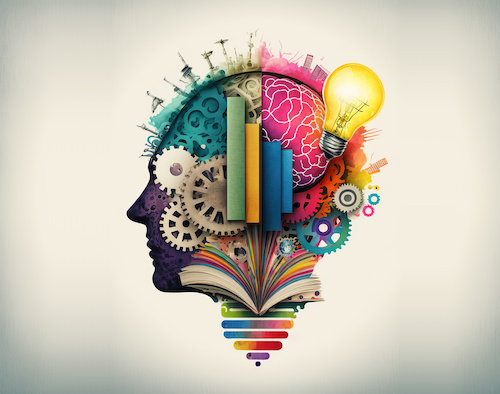Key points:
- Recently, there have been more federal efforts to recognize music and arts education as an essential part of educational curriculum
- In order to provide a rich, robust, and inclusive curriculum for youth, STEM needs to evolve to STEAM
- See related article: This art teacher helps students harness social media to build job skills
I like to say I was raised by a combination of nonprofits and the arts. At 15 years old, I moved into Mercy Home for Boys and Girls, a nonprofit group home in Chicago, and attended an independent arts high school in Illinois, a unique model where there was a minimum requirement of three hours of art a day.
I’d leave in the late afternoon and walk to my after-school arts program, The Marwen Foundation in Chicago, where I practiced digital art making – including photography, design, or other creative tracks – until late into the evening.
The Marwen Foundation paved the way for my future – it was the reason I went to New York to look at art schools, as part of their Artwork Bound program. They granted me a $10,000 scholarship to go to art school freshman year and helped me get my first paid design internship at Motorola. I’ve since served in several creative leadership positions, including my current role as Chief Creative Officer for YR Media, which is a full circle moment, as the organization is a nonprofit focusing on media and the arts, including design and music. Creative expression has provided me an outlet when I needed it, fostered my growth and development, and ultimately, paved my career path.
My story is not an outlier. The benefits of creative expression and arts in education on both student well-being and academic achievement are clear. According to sources, “students with access to arts education are five times less likely to drop out of school, four times more likely to be recognized for academic achievement, and four times more likely to receive a bachelor’s degree.”
Yet despite all the evidence of the critical role of arts education and the efforts by the federal government to ensure its integration in public schools, new data from the Arts Education Data Project (AEDP) from September 2022 shows that more than 3.6 million children who attend public school in the U.S. do not have access to music education, and nearly 2.1 million students do not have access to any arts education (defined as dance, music, theater, or visual arts).
- 4 ways admins can support teachers’ technology use - July 28, 2023
- Why AI’s flaws won’t slow its adoption - July 28, 2023
- The future of gamification - July 27, 2023

